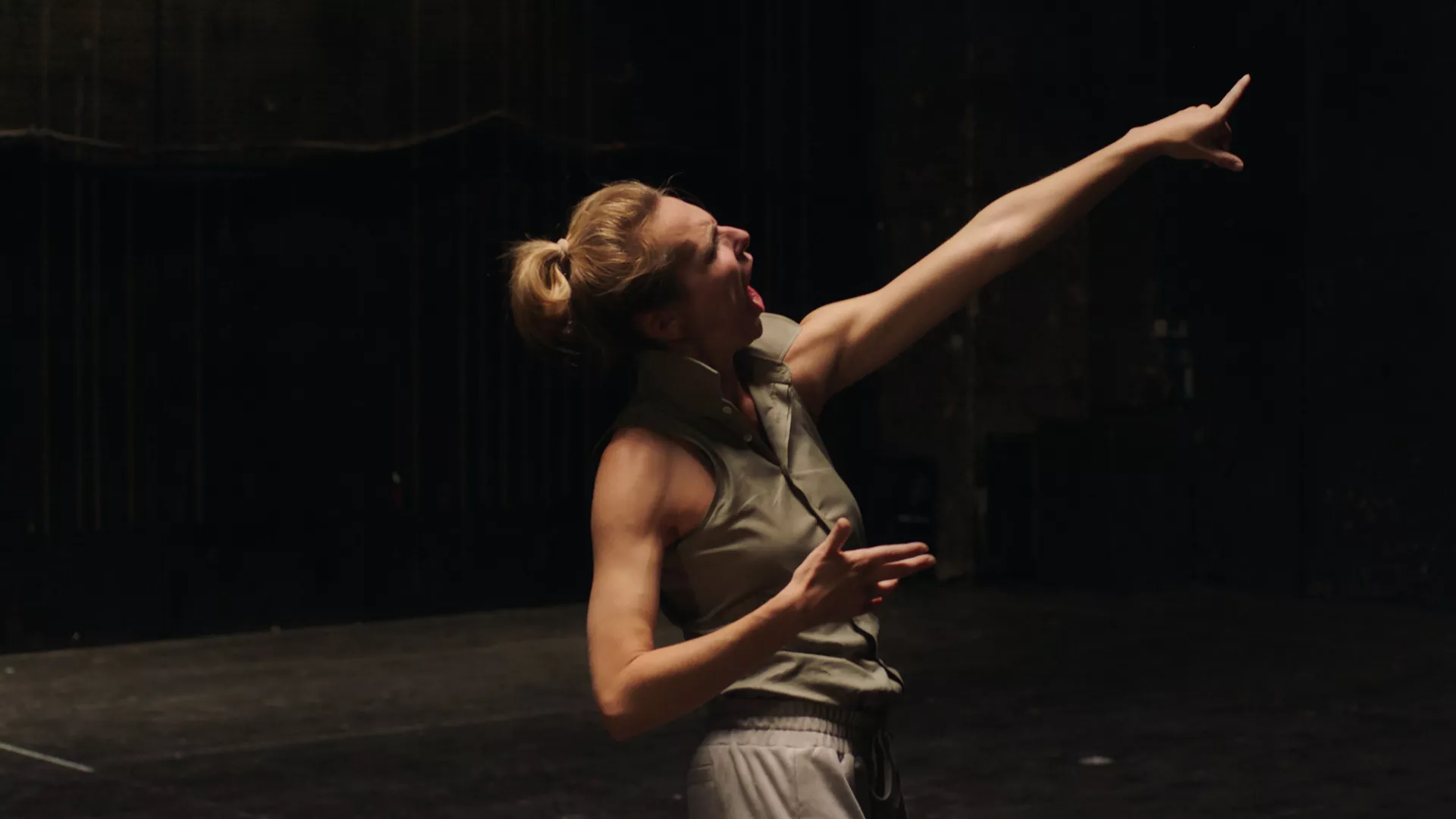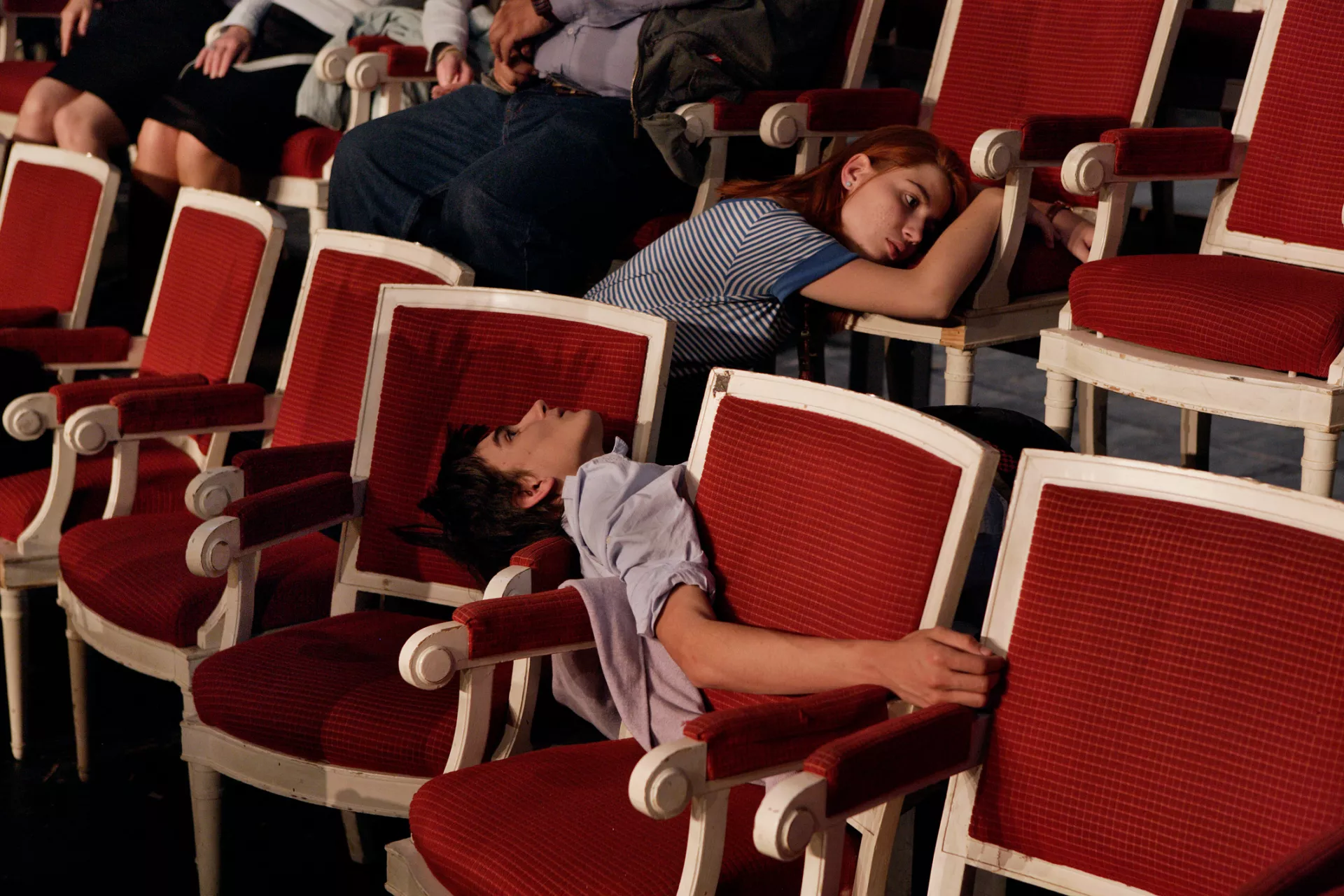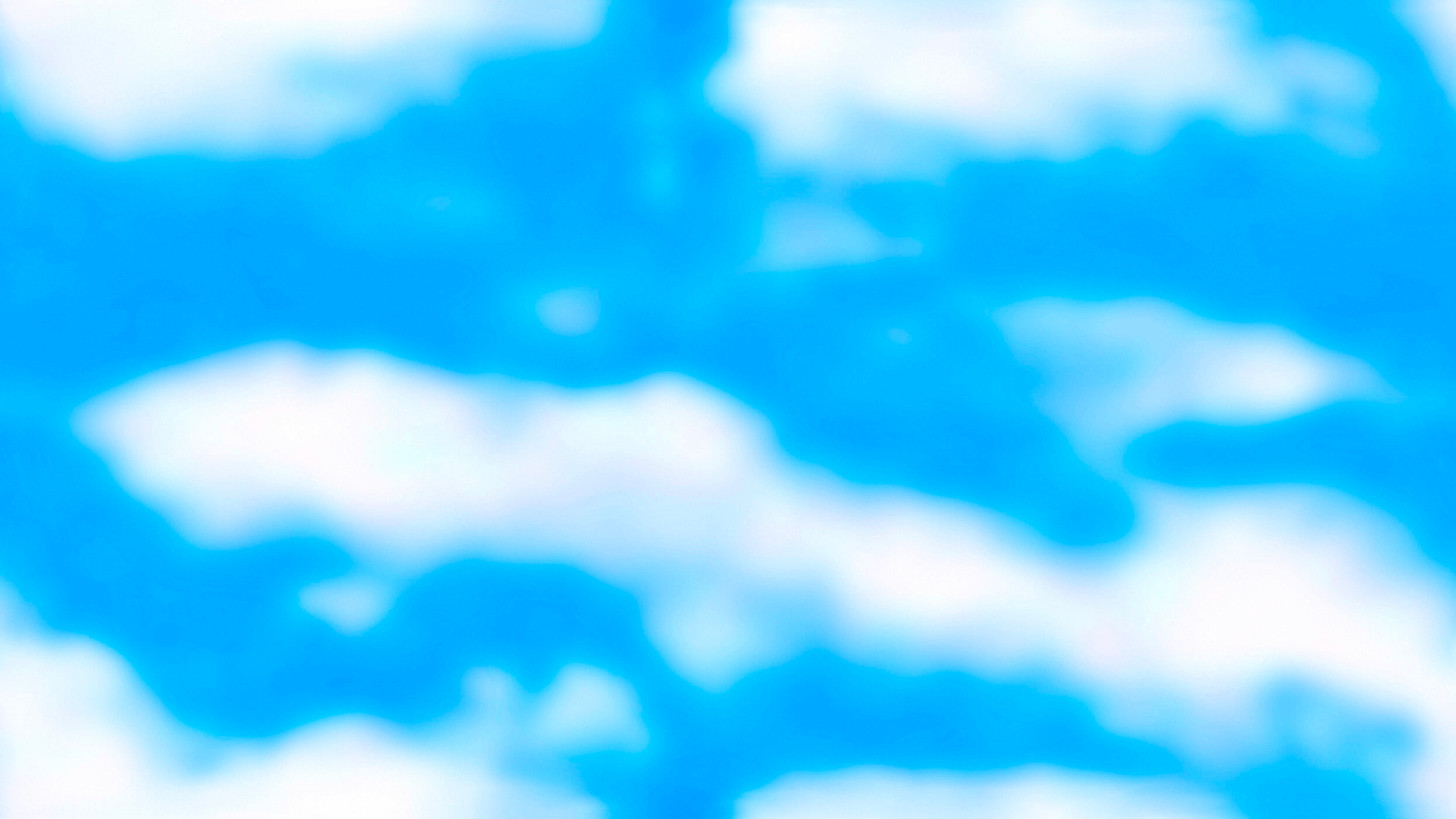JELENA JUREŠA & AERNOUT MIK
Run-through, the first exhibition in our Contour Series, is an encounter between visual artists Jelena Jureša and Aernout Mik. They have followed very different paths – she with film, video installation, photography and recently directing a concert performance, he with silent video installations. But they share an interest in a lot of themes and like to explore the field of tension between historical facts and contemporary evolutions. Their work has been shown in various international contexts, but has never been presented together as a dialogue.
The view of an outsider
What they also share is a coherent body of work. Asked about the common thread in the three works we are showing of hers, Jureša states that they are connected by her position in the world: “My film Aphasia (2019) was born out of my interest in the concept of complicity within state-sponsored violence. In doing so, I focused on violence committed by paramilitary groups. While living in Serbia during the war, I was constantly aware of my proximity to the perpetrators of that violence. At the same time, I worked around historical denial and made connections to Belgian colonialism and Austrian anti-Semitism. Making and presenting that film was a profound process, very complex and without easy answers.
The short film Ubundu (2019) also reflects on state violence and is strongly influenced by my life in Belgium. In my work, I constantly question myself and my distance from perpetrators of violence, but here I am also confronted with my role as “the other”. That feeling of being an outsider is also related to Don’t Take It Personally (2024). It has to do with ending up here, trying to read the cultural codes and not always knowing if you’re doing it right. But also with witnessing daily examples of hostility or violence, from the realization that a future social crisis could lead to violence on a larger scale. In most European societies, living under the influence of politics, historical trauma or collective fractures is seen as an exception, when it is the norm.”

Aphasia (2019), © Jelena Jureša

Communitas (2010), © Aernout Mik
The freedom of creator and audience
Aphasia exists not only as a film, but also as a multidisciplinary performance. This directly inspires Jureša for her new work: “It teaches me a lot about how to consider music as a protagonist in films and think about another form of storytelling, but also how to work with performers. It’s not just a translation from film to theatre. It is a different kind of work, where the audience is central. In a performance, the contact with the audience can be very direct, as can the feedback you get.” When we ask if she also considers how an audience interprets a work, she emphasizes both her own freedom and individuality and that of the viewer: “I choose to trust the viewer. When looking at this kind of work, experience plays a role, and I don’t just mean the way to look at something, but also life experience. Being familiar with (collective) violence yourself, for example. For those who have already been in contact with state violence themselves, my work can be a visceral experience.”
Jureša repeatedly emphasizes that experimental films are not just about what you see, but the strategies used. Those strategies themselves should not be understood, but their effects are palpable: “Everything you see has meaning. I try to play with expectations about the documentary genre, avoid being cryptic, and don’t want to be didactic.’’ The political dimension in her work is partly a reflex arising from her past history: “Because of my experience with the terrible collapse of Yugoslavia, I am perhaps more wary of what can go wrong, because I know how quickly a society can slip into one in which groups emerge that become violent. Such a turnaround happens in a very short time. On the other hand, I try to let go of fear in order to stay mentally healthy. With the exhibition, we are mainly aiming for a dialogue between Aernout’s work and mine. After he saw my work as part of the European Nomadic Biennial Manifesta 14 in 2022 in Pristina, we stayed in touch. Run-through resulted from that. I wouldn’t compare our work, but I do feel a mutual appreciation.”
Approaches to physical presence
Asked what connects Mik’s three works in Run-through, he replies that they were chosen primarily in response to Jureša’s works, “They are quite different. They were chosen even for that difference, even though there are similarities in them. They are about bodily presence and dynamics in groups. Of that, they are three very different approaches. White Suits, Black Hats (2012-2024), with found footage from the former Dutch East Indies, combines colonials and locals. Daytime Movements (2016), a collaboration with choreographer Boris Charmatz, has a clear connection to the role of dance in Jelena’s work, and in Communitas (2010), which tells of attempts to create a democratic structure, it is always also about arrangement and movement of bodies in space. That is a common thread.”
Some of Mik’s works are long, work with multiple screens and show a lot of movement. One can quickly make associations, but it can also be difficult to discover a structure, coherence or story. So doesn’t he want to steer his audience a bit? “In a sense, yes, but there’s a big difference whether you’re watching on your laptop, or seeing the works installed. They are images in space, you are physically facing bodies and objects. The screens are on the ground. Time is handled differently, so you give up the expectation of seeing a story from A to Z. You have to relate to those images in a different way. Because there are multiple screens, more is happening than you can see. Because of that, you make a click and you look at this work differently than you would look at a conventional film. That frustration is also important. When you get through that, you start to perceive differently.”
The advantage of silence
Striking: Jureša makes extensive use of voices, text and music. Mik’s work is almost exclusively silent. This forces the viewer to adopt a different attitude: “You look differently at a work without sound. You also look differently because you see more things at once because of those different screens. What is also important: it is a moving surface in space, which I am facing with my body. That physical aspect of being in space, is important to me. Through that flow of images, it brings about a process in the viewer, regarding his own body in the space as well as others in the space. So it’s more of a relationship between yourself and others to the images, rather than a film where everything happens only in the film. That physical element is just what matters to me. You can see a good film and see it again, but then it’s exhausted. The way I deal with image, it is different. You can never see it completely, because you always miss things. I find that fascinating. You can step into that flow, like a stream of consciousness, which you can’t control. It’s not important to sit it out. It’s more about the movement between scenes, the jumps, that you experience that.”
Interview by Guy Peters
Jelena Jureša / Aernout Mik – Run-through is part of Contour Series, a series of visual and audiovisual exhibitions and projects produced and presented by kunstencentrum nona, this time in the context of the city festival Construct Europe.
Location: De Garage, Onder-Den-Toren 12, 2800 Mechelen, België
Opening hours: Wednesday - Sunday // 13u - 18h
Tickets will be sold at the door, at De Garage, as of 20.09.2024.



